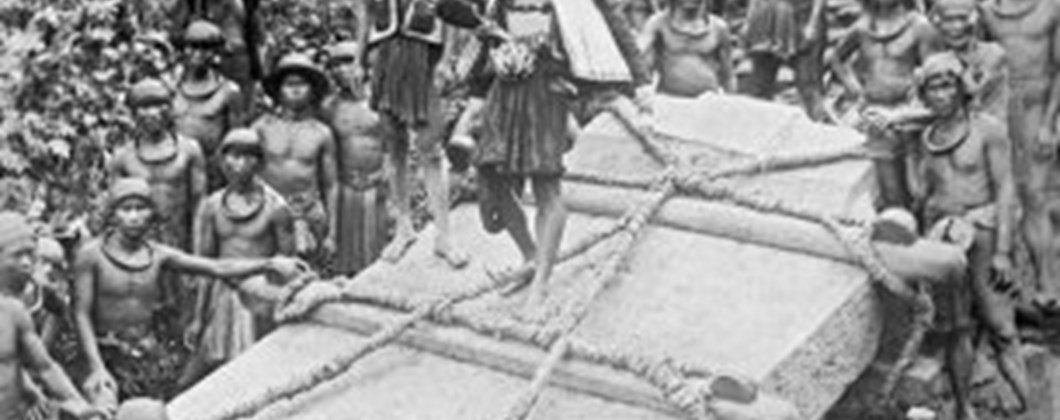Was building Stonehenge part of a huge celebration?

Historians researching the stone structure, which has stood in Wiltshire for over 4,000 years, have uncovered new evidence to suggest that the building of Stonehenge may have been part of a huge celebration that was just as important to Neolithic people as the final result.
For many years, historians remained baffled as to why those who built Stonehenge would bother to use bluestones located in the Preseli Hills in South Wales and undergo the mammoth task of transporting them almost 155 miles to the site; now, they have begun to reconsider the importance of the building process and what it could have meant to the Neolithic community of the time.
English Heritage senior historian Susan Greary, suggests that we need to abandon our 21st Century ideals, which strives for all things to be “as quick and easy as possible” and instead consider that they may have intentionally made things difficult for themselves as part of “a kind of pilgrimage, with ceremonial feasts [that] could be a further expression of the strength of the community.”
This theory follows the discovery of a Neolithic feasting site at Durrington Walls, two miles from Stonehenge, where over 38,000 animal bones were found from pigs and cows, raised from as far away as North-east Scotland and West Wales; the fact that there was meat left on the bones when they were discarded suggests that food was plentiful, and timber monuments were erected to coincide with the midwinter and midsummer sun.
It is therefore likely, historians conclude, that people from all over knew of Stonehenge and travelled great distances to feast and take part in celebrations at Durrington Walls during the building of Stonehenge and likely for ceremonies afterwards.
English Heritage believe that this theory of Stonehenge’s construction being a pilgrimage or celebration of sorts, is further consolidated by its similarities to a photo (picture shown) taken in 1915 of a stone pulling ceremony on the island of Nias, Indonesia, which shows hundreds of people coming together to move large monoliths and participate in feasting and dancing.
